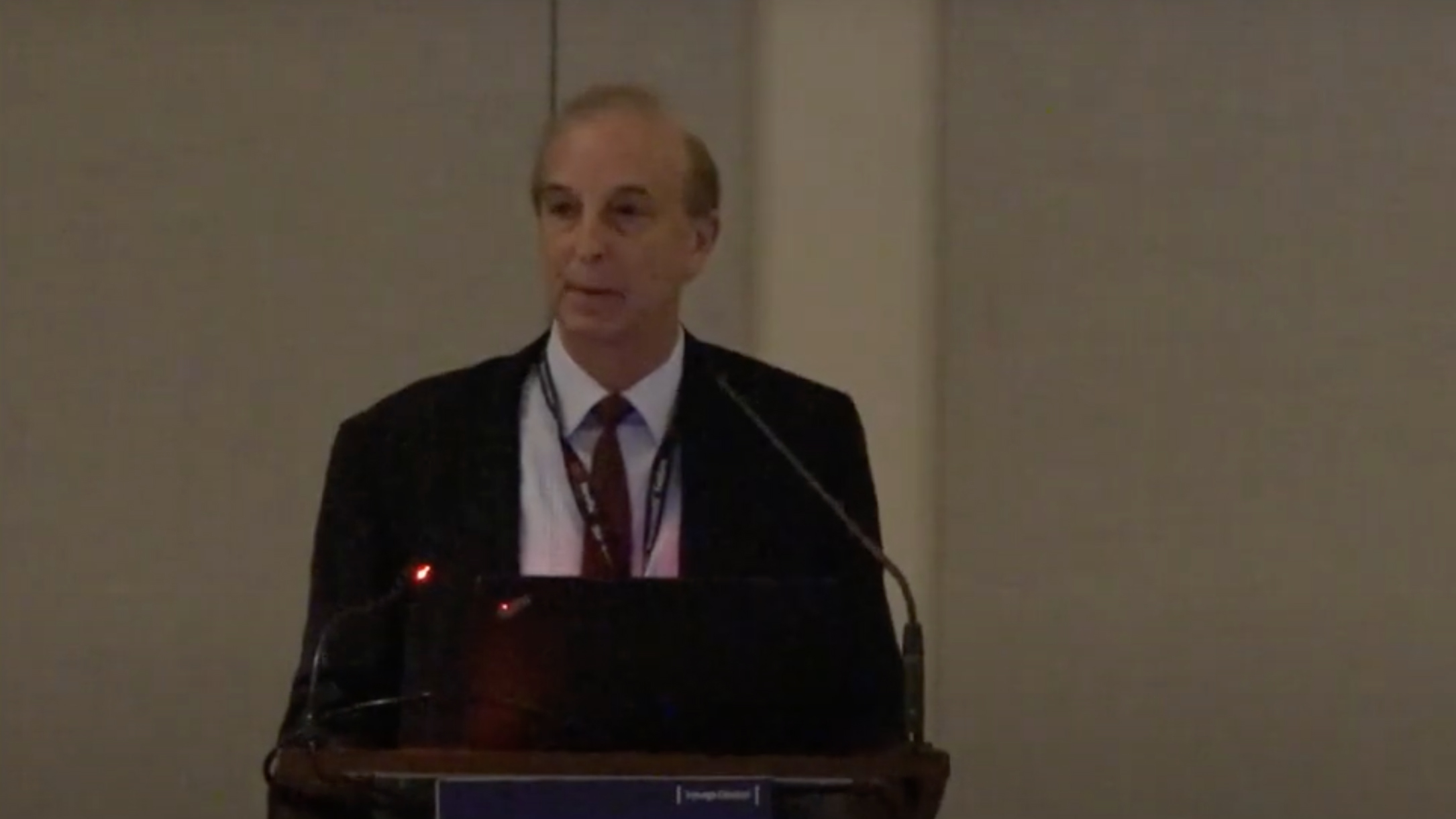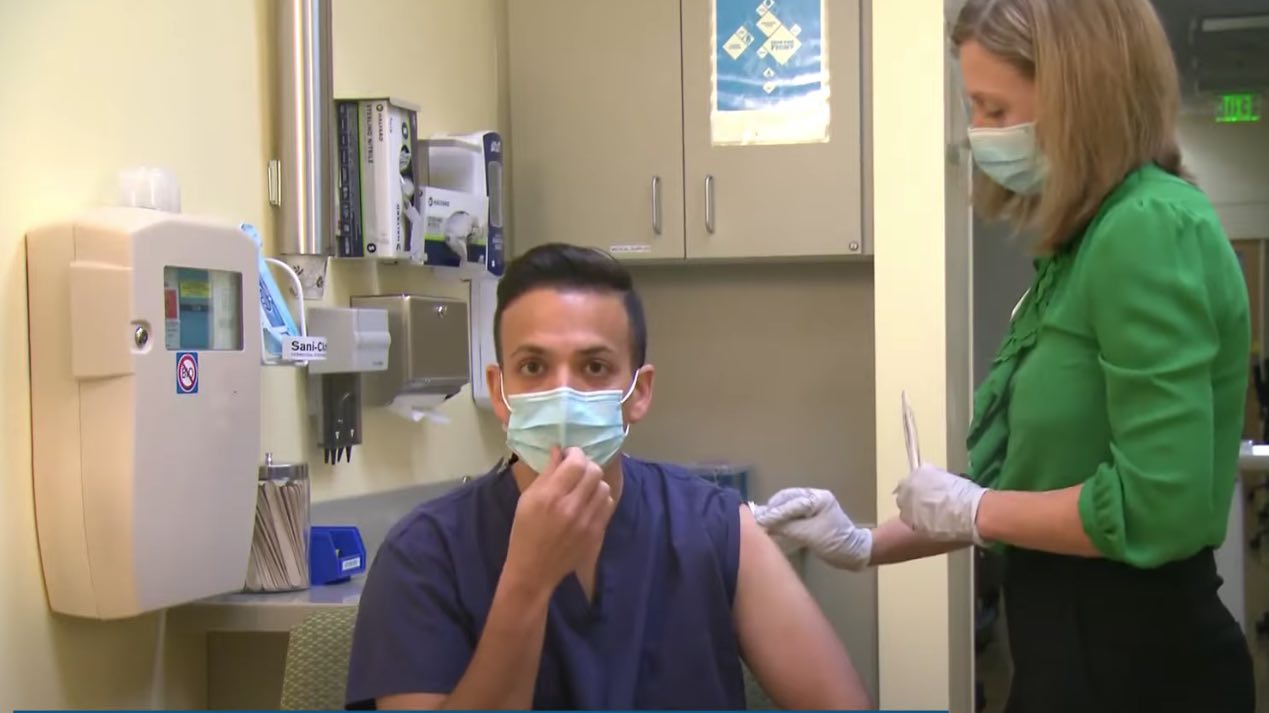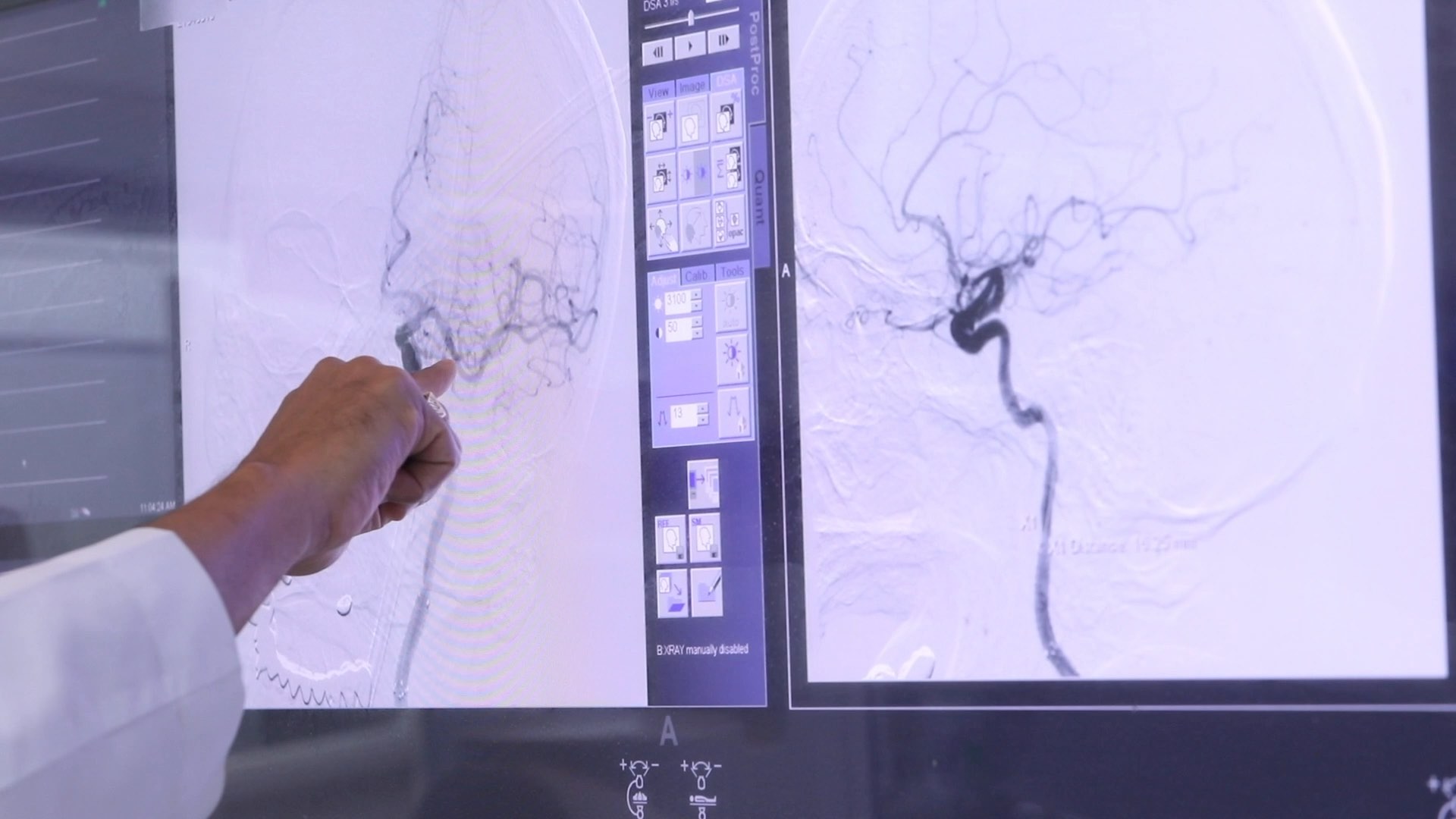NEW YORK (Reuters Health) – Low-level laser therapy (LLLT) provides rapid relief of acute neck pain as well as sustained improvements in chronic neck pain, a meta-analysis has shown. Exactly how it works, though, is still a bit of a mystery.
Medications have only limited efficacy in treating neck pain, a common and costly problem, Dr. Roberta T. Chow, from the University of Sydney, Australia, and colleagues note. Although a number of studies have looked at LLLT as a treatment for neck pain, its efficacy remains unclear.
Searching various computerized databases, Dr. Chow’s team identified 16 randomized controlled trials (with 820 patients) that compared LLLT with placebo or with active control as a treatment for acute or chronic neck pain.
According to their report in the November 13th online issue of The Lancet, data from two of the trials showed that LLLT was 69% more likely than placebo to improve acute neck pain.
In five trials looking at chronic neck pain and reporting categorical data, LLLT was roughly four times more likely than placebo to improve pain. In 11 trials that evaluated changes in visual analogue scale, LLLT was associated with a mean drop in pain intensity of 19.86 mm.
Data from seven trials, with up to 22 weeks of follow-up, showed persistent pain relief for up to 6 months, with a mean reduction in pain intensity of 22.07 mm.
LLLT was well tolerated and side effects were comparable to what was seen with placebo, the report indicates.
The evidence from this analysis that LLLT is effective for neck pain “is more solid than that for many current interventions,” Dr. Jaime Guzman, from the University of British Columbia, Vancouver, Canada, writes in an editorial.
“Although the mechanisms of action and effects on function and occupational outcomes are not clearly understood and warrant further impartial study, LLLT is an option worthy of consideration for management of non-specific neck pain,” the researcher concludes.
Reference:
Lancet 2009.






